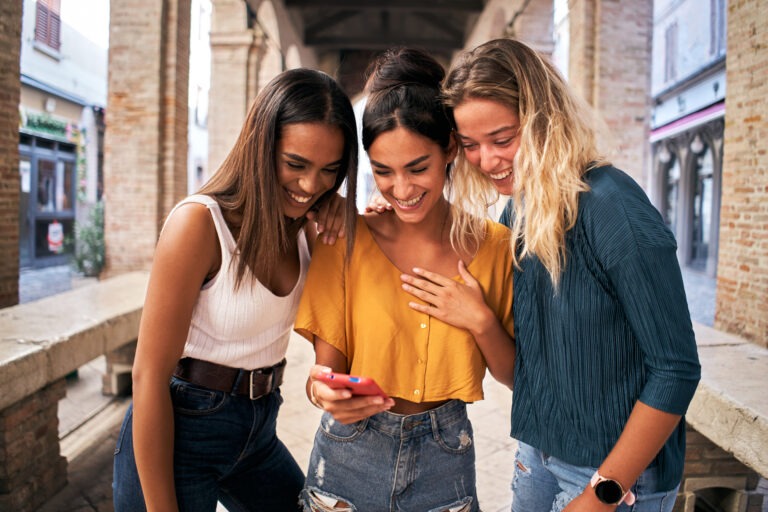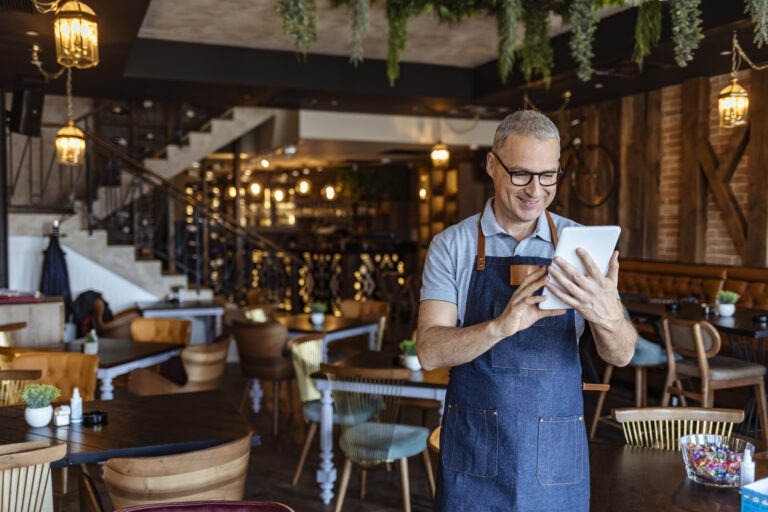6 Steps to Nurturing Restaurant Loyalty Through Data & Marketing
Lenny DeFranco
5 min read
May 16, 2023

Lenny DeFranco
5 min read
May 16, 2023

If maintaining a healthy, long-term relationship was easy, we wouldn’t have marriage and relationship coaches charging the big bucks for counseling sessions. If achieving customer loyalty was easy, our team at SevenRooms wouldn’t have spent years refining our restaurant marketing resources to help venues turn first-time guests into loyal regulars.
Restaurant life often mimics real life: like partner prospects, customers come and go, and your staff does everything in their power to ensure first-timers book a second date at one of your tables. Leveraging customer loyalty is so important to a restaurant’s bottom line—you know this—but it doesn’t generate out of thin air.
In this article, we’ll show you that with right combination of outreach, feedback and personalized service, your restaurant can attract diners who will stick around for the long haul.
First impressions matter. Before you can wow them in person, you need to get your prospects through the door and ensure it’s a good experience. Identify which channels they use to discover your restaurant and optimize them to ensure your branding and information are current and consistent. After all, building lasting relationships requires first having a strong customer base from which you can generate loyalty.
Simply put, if you’re not well positioned on Google, people won’t be able to find you. As part of your restaurant loyalty strategy, ensure someone on your team commits to updating and optimizing your Google listing. This is even more important now that Google has a Reserve with Google feature.
Add pictures, include a detailed restaurant description, and encourage guests to leave reviews. You can also add a reservation-booking URL (if you’re a SevenRooms client, you can leverage tracking links for backend reporting), so you can earn bookings straight from the largest search engine in the world.
Like any responsible dater would, your guest will want to dig into your past and present on social media before agreeing to meet in person. Make sure you have a polished, up-to-date online presence. These pages should also highlight your events, special promotions, signature dishes and more to entice guests considering a visit.
Plenty of apps out there want to help you connect with new people, and they do make it easy to get people in the door. Maybe…too easy. There is nothing wrong with using these third-party reservations channels when the need arises (like slower days and shifts), but beware: it’s tough to drive loyalty when the channel that helped your guests discover you also introduces them to your competition and markets their own loyalty programs.

Playbooks & Guides
Learn More
Many diners will go public with their impressions of your restaurant on sites like Yelp, Google and Facebook. Aggregate this feedback into one place so you can review and respond to them more easily.
If the guest had a negative experience, it’s always classy to send a note of apology and ask for another chance. If it was good, invite them back for more. Loyalty is driven by guests who feel heard and appreciated.
According to a PYMNTS report, 43% of consumers would be more inclined to purchase from restaurants if they had a loyalty program. Building an effective program might feel daunting, but don’t get bogged down with specifics just yet, even small rewards programs can have a big impact on bottom lines.
Consider setting up customer loyalty programs with referral bonuses and rewards programs, such as priority seating, early access to events and other discounts reserved for VIPs only.
Loyalty in Action: The Mina Group established a successful restaurant loyalty program based on visit frequency. With each visit, they tracked key data to help them create personalized experiences and targeted marketing campaigns for repeat guests. Read the full case study.
Once you get guests in the door, you need to find out what makes them tick. What’s their favorite wine? Are they partial to appetizers or dessert? Storing guest preference data for later is one way you can personalize each visit and nurture the relationship. Think about how special “three-olive martini man” will feel when you remember his drink preference before he gets a chance to order.
Pro Tip: Build a process for gathering, storing and sharing customer data across your platforms so staff can easily deliver a personalized experience. SevenRoom’s hospitality CRM can help you create data-rich guest profiles with tags you can use to spot trends and create more “wow” moments.
When you’ve amassed a strong guest database, it’s time to start nurturing relationships — sweep them off their feet, if you will. Pull from every piece of data you have to make a guest feel special. Personalization can be as simple as:
You can also tailor your marketing efforts to guests, leveraging their preferences and order history to advertise events you think they would enjoy.
Even after your guests have dined with you and gone home, never stop wooing them — at least, that’s what the relationship coaches say. Once you’ve hooked them, you’ve got to keep loyal customers for the long haul.
Email newsletters and SMS messages are a great way to keep the spark alive by giving them special offers and customer experiences that get them back in the door. Email newsletters, for example, can alert guests who have agreed to share their personal information about the benefits of your customer loyalty programs as well as upcoming events they should consider.
Restaurants that leverage email marketing can also better engage guests after they visit your restaurant or order online.

The Ultimate Email Marketing Guide for Restaurants
Loyalty doesn’t come from simple convenience. Loyalty happens when a guest knows they can rely on you to take care of them. With guest data and a commitment to amazing service, you can make that promise to them. Not just once, but for a lifetime.
To learn more about how SevenRooms restaurant CRM helps you deliver those “wow” moments that keep guests coming back, book a demo today.
Most importantly, restaurant loyalty drives repeat business and revenue. But it also informs every other strategy you use to create revenue, such as your marketing campaigns, social event calendars and brand. The more you know about the guests that dine with you, the better you can refine the aspects that differentiate your venue and improve customer retention.
At its core, restaurants generate loyalty by focusing on consistency, communication, engagement and personalization.